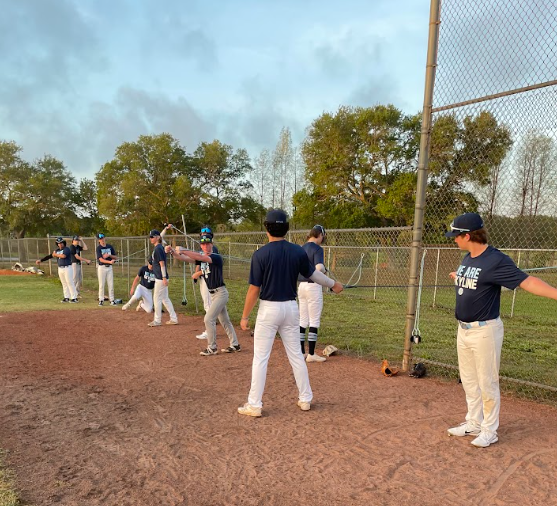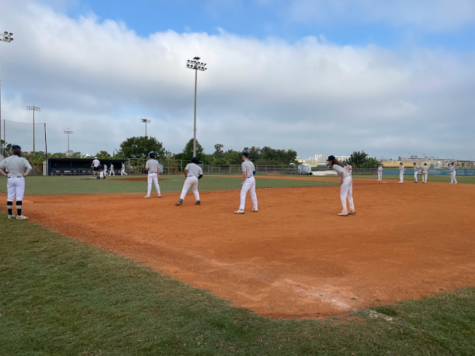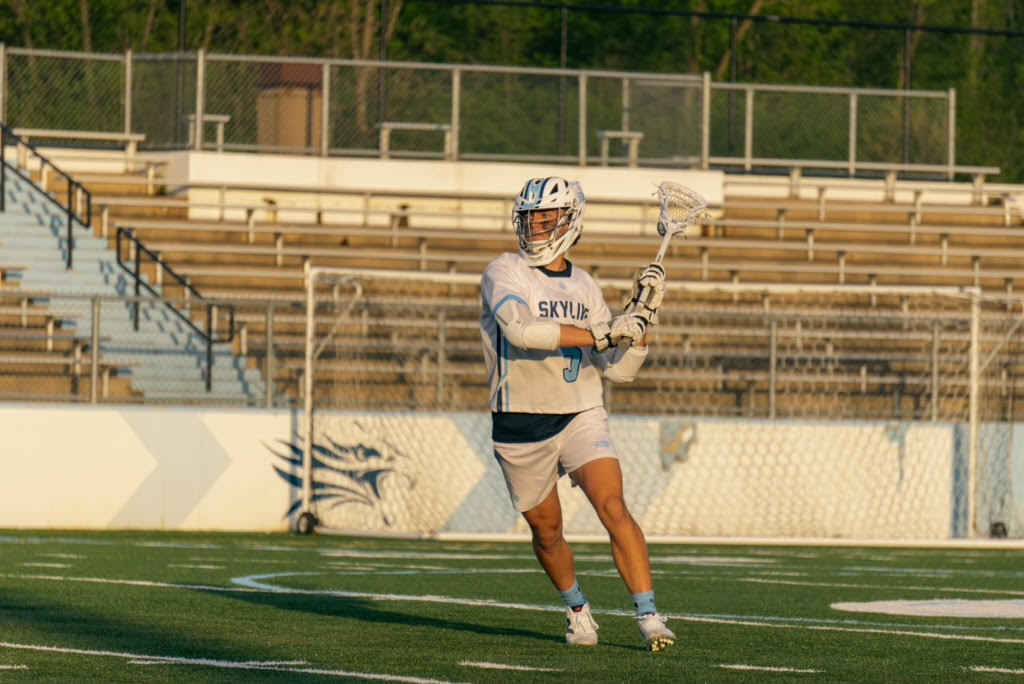
Major League Baseball has been primarily untouched in its traditions since its founding a century and a half ago. That is, until this spring, when a variety of different rules were implemented to America’s favorite pastime.
The three main rules featured in the recent change have already done well in making a quicker, more exciting product on the field. The first is the Pitch Clock, which is a countdown between each pitch thrown to cut some of the spare time. You are now only allowed 20 seconds total between pitches, where the batter and pitcher must be ready to play at the eight second mark.
The second rule is the ban of shifting on defense. This means the defenders must stay on their designated half of the field, which is split by second base. Prior to this change, when the shift was allowed, players were allowed to position themselves anywhere on the field for each individual batter. This new rule helps incorporate more action.
The third change features new base sizes, which are now 3 inches bigger on all sides. This allows for advantages by both teams, as well as the opportunity to improve safety. For the hitting team, it allows for more of an opportunity to attempt to steal the next base faster. At the same time, the team on defense may be able to touch the base and get the runner out faster as well.
Although the reactions to the implementations have been a mixed bag, they have all done what they have intended to do: They make the game faster, safer, and more action packed than ever before.

There have been positive and negative reviews on Skyline’s team. “[The base size] is an all round good change, and the best one so far,” said Varsity player Nate Werns (24’). “It incentivises more stealing, which is more action. It also works really well for safety.” Though, not all rules are viewed as a positive. “[The shift ban] is a little un-baseball like,” Werns said, “It takes away the advantage of being able to push the ball a certain way.”
But are these rule changes feasible and applicable to the high school game? Skyline Baseball Coach Jon Evans doesn’t think so. “Most high schools don’t have the resources or staffing to have a pitch clock installed or to have the staff there to run it properly,” remarked Evans, “most high school teams do not shift defensively much at all either, so that’s a mute point.”
While these rules are very effective and useful on the professional stage in both keeping players safe and keeping game flow quick and steady, they don’t seem realistic at the high school level. “I don’t think these are very applicable in high school baseball,” said Evans, “but maybe in the future that will be different.” As the league continues to change, only time will tell if the changes will spread as deep as high school.






